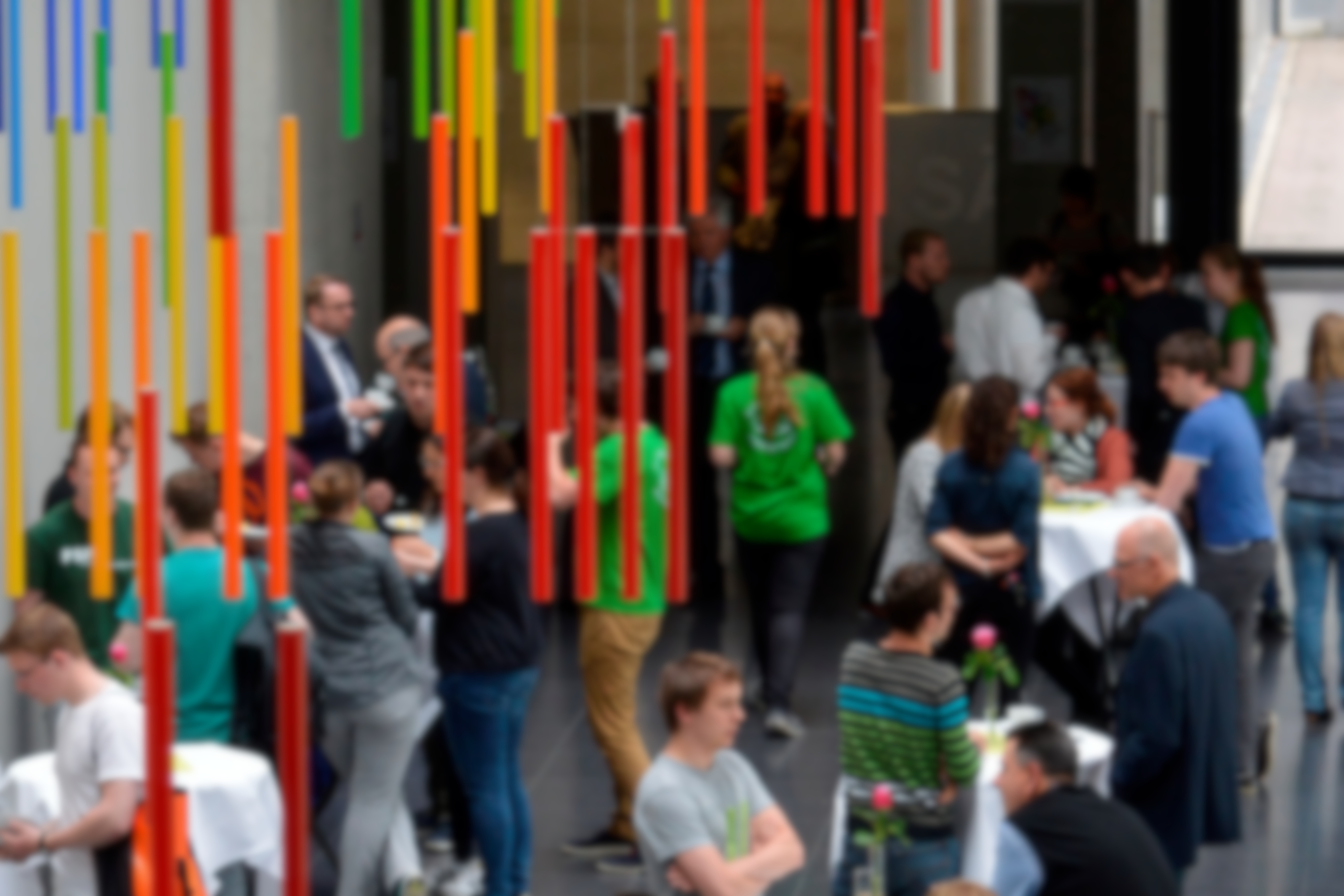

Organic light emitting diodes (OLEDs) have many advantages for future display applications. OLED based displays are self-emitting, enabling high contrast ratio as well as high refresh rates. Self-emission also allows for omission of the backlight unit and other component parts used in LC displays, thus reducing the cost. Furthermore OLEDs show an excellent color gamut as well as steadily improved power consumption. New applications such as bendable, flexible, and transparent displays turn OLED into an even more exciting technology. In the past decade, OLED has commercialized successfully within small size displays (i.e. smartphones). Since 2013 also the first OLED TVs have been launched.
An OLED display consists of multiple materials with specific functionalities. One key success factor is the production technology: While thermal evaporation produced OLEDs show advantages in stack design and are already performance optimized, soluble OLED fabrication has the potential to be a more suitable production technology for large size displays.
An overview of the different technologies and latest material developments will be presented.
2001–2006: Studium der Elektrotechnik an der TU Darmstadt, Vertiefungsrichtung Halbleitertechnik
2006: Diplomarbeit am Tyndall National Institute, University College Cork, Irland, zum Thema der High-k-Dielektrika
2007–2011: Doktorarbeit im Fachgebiet Elektronische Materialeigenschaften, Fachbereich Materialwissenschaften, TU Darmstadt zum Thema der elektrischen Ermüdung polymerbasierter organischer Leuchtdioden
Seit August 2011: Laborleiterin bei der Merck KGaA im physikalischen Forschungslabor für flüssig prozessierbare organische Leuchtdioden
zuletzt geändert am: 16.02.2017 08:10 Uhr von M.Bräutigam

